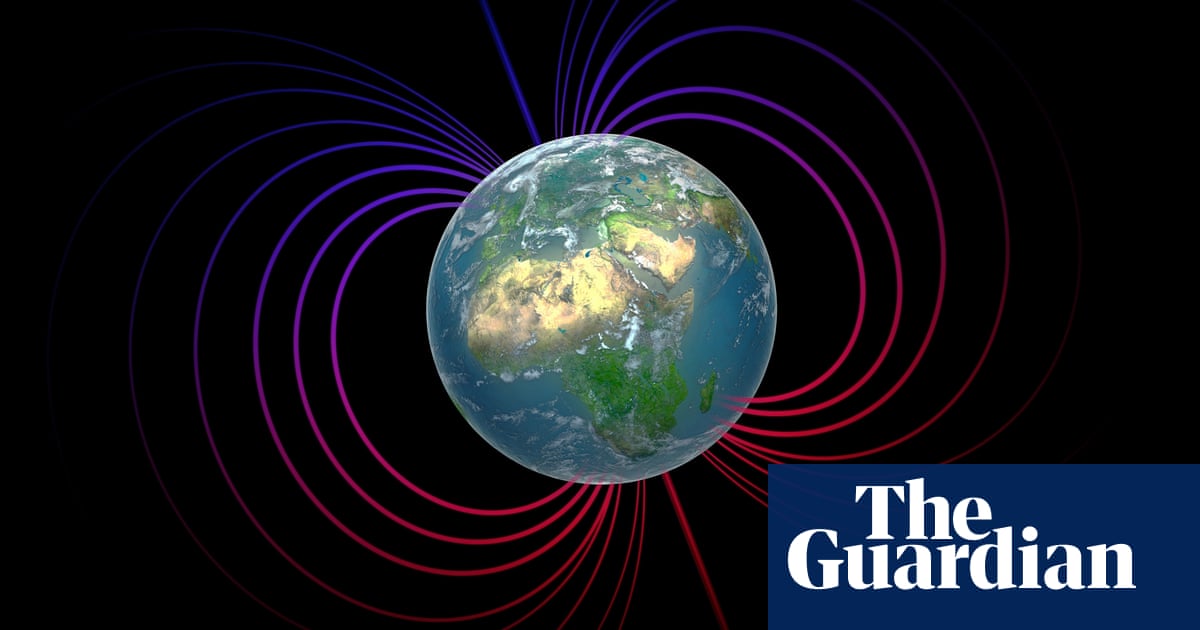By travelling to the centre of the Earth via seismic waves scientists have discovered a ring-like structure within the swirling pool of molten metal known as the outer core.
Research published in the journal Science Advances has identified a doughnut-shaped region within the outer core, parallel to the equator.
A study co-author and Australian National University geophysicist, Prof Hrvoje Tkalčić, said because scientists could not reach the core with current technology, the team had analysed the forms of seismic waves generated by large earthquakes as they travelled through it.
They found the waves slowed down as they passed through a section near the ceiling, before the mantle. “By understanding the geometry of the paths of the waves and how they traverse the outer core’s volume, we reconstructed their travel times through the Earth,” Tkalčić said.
“We realised that seismic waves slow down in the zone that mathematically is called a torus.”
To most people this looked like a doughnut, he said.
Understanding the outer core was important, he said, as it was critical to the survival of life at the surface. It was responsible for the magnetic field, which protected Earth from the constant bombardment of charged particles from the sun.
Currents moving within the molten iron and nickel acted like a “giant dynamo” that generated and sustained the Earth’s magnetic field.
Tkalčić said scientists did not yet know why the Earth had this active dynamo when many other planets did not: “It’s fair to say that we understand the surfaces of other planets in more detail than our own planet’s interior.”
Earth’s interior – a solid centre containing the inner core, encapsulated by a liquid outer core and then the mantle – was just as immense, he said.
Overall the core was slightly larger than Mars. “We can think of it as a planet within our own planet,” Tkalčić said.
He added: “We don’t know the exact thickness of the doughnut, but we inferred that it reaches a few hundred kilometres beneath the core-mantle boundary.” The structure’s buoyancy suggested the presence of lighter chemical elements such as silicon, sulphur, oxygen, hydrogen or carbon.
“What makes this field really fascinating is that pretty much everything we do know is an inference based on the data that we have on the surface,” he said.
A co-author, Dr Xiaolong Ma, said the discovery of a new structure within the outer core lifted a veil on the dynamics of Earth’s magnetic field yet there were “still mysteries about the Earth’s outer core that are yet to be solved”.







